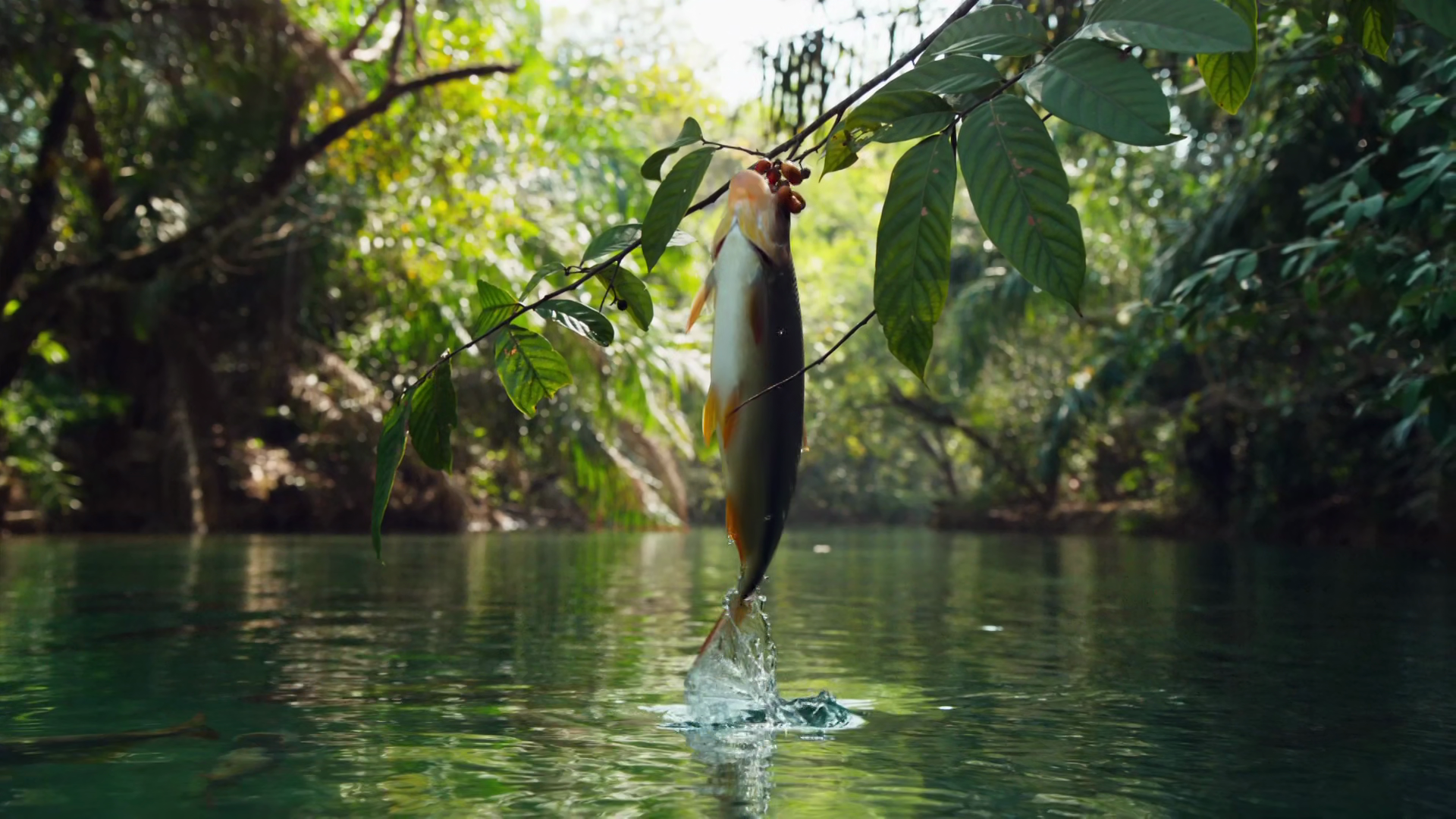Some people might complain that Attenborough (and his team) got the order of programmes all wrong: the series should start like “Trials” with the start of new life (Flowering, programme 3) being followed by the one about this life leaving home to, literally, strike root far from its parent (Travelling, programme 1) and ending with the new plant awaiting the chance to reach adulthood (Growing, programme 2). All of these programmes belonged to the first disk of the box set. The current order, they would claim, making the story rather incoherent.
They might say that the second disk consists of rather incoherent material and having a coherent story on the first one would lead to inconsistency. But the second disk actually forms logical order: Starting with the social struggle (which might form a logical follow up to the plant growing up), it continues with various plants living together leading to co-operation and even parasitism and ending (in episode 3) with plants overcoming even the harshest of environments (too cold, too wet, too dry or too changeable) apart from the onslaught of humans which is mentioned only in the final minutes.
The most likely explanation, for this unusual order, is probably the fact that the key to making the series is the technical breakthrough of time-lapse filming due to improved computer technology. To make it even more conspicuous they put this programme forward, making it central to the series, dropping a bomb shell at the beginning. Having flowers as a central point might have made this technology seem rather insignificant because filming them had already been possible for decades. This meant any otherwise logical order would have to be sacrificed so Attenborough’s introduction to the next episode was scrapped. Instead of a continuous sequence of episodes, where one ends with an introduction to the next, there is no indication of any follow-up among the programmes.
Did they sacrifice a typical Attenborough series with a neat flow of events for a breathtaking start of a series? Should they have used this method or the typical Attenborough one? The answer must depend on personal taste, yet despite any possible misgivings due to the above few would argue against the series being full of mind-boggling technical wizardry that makes the series unforgettable.














